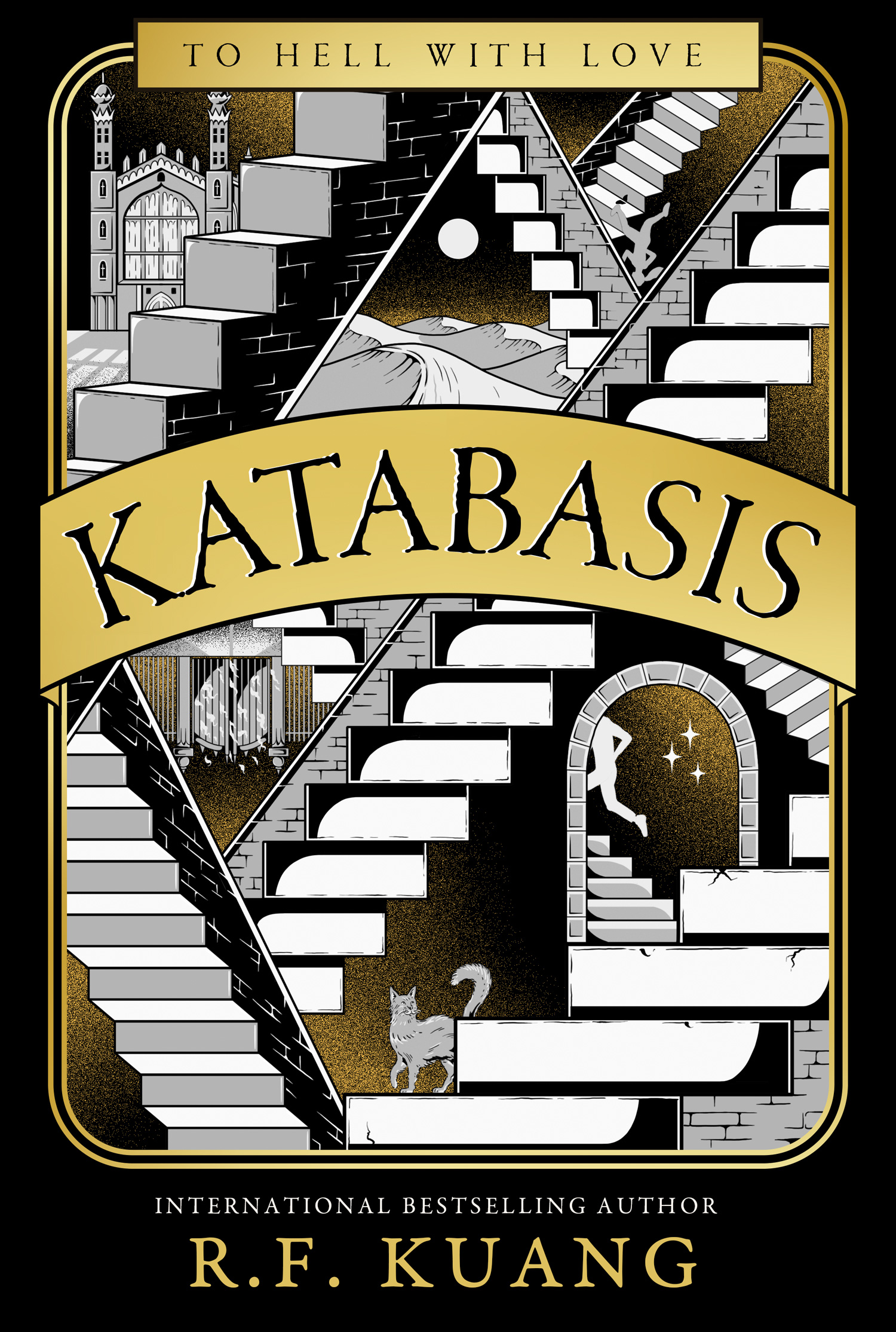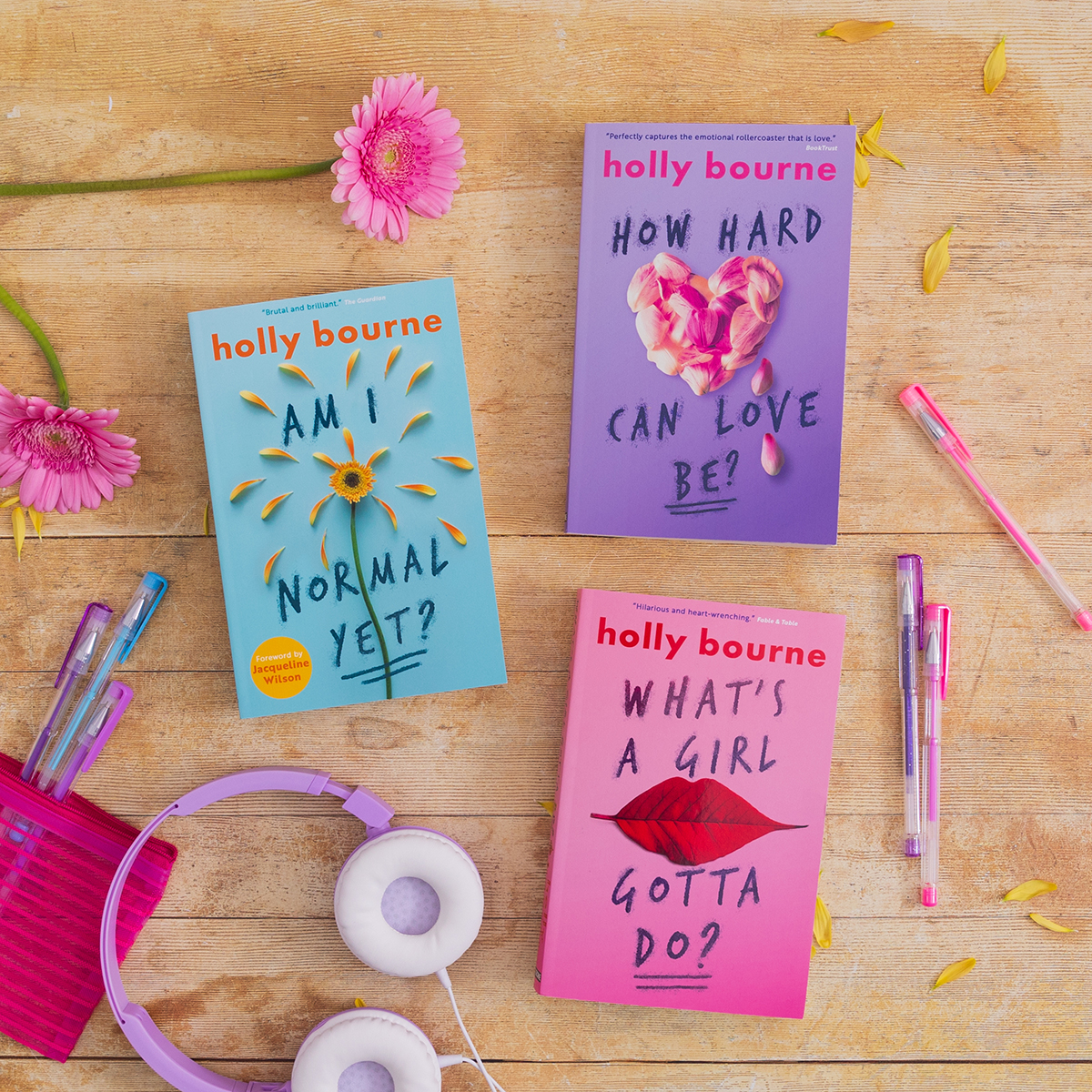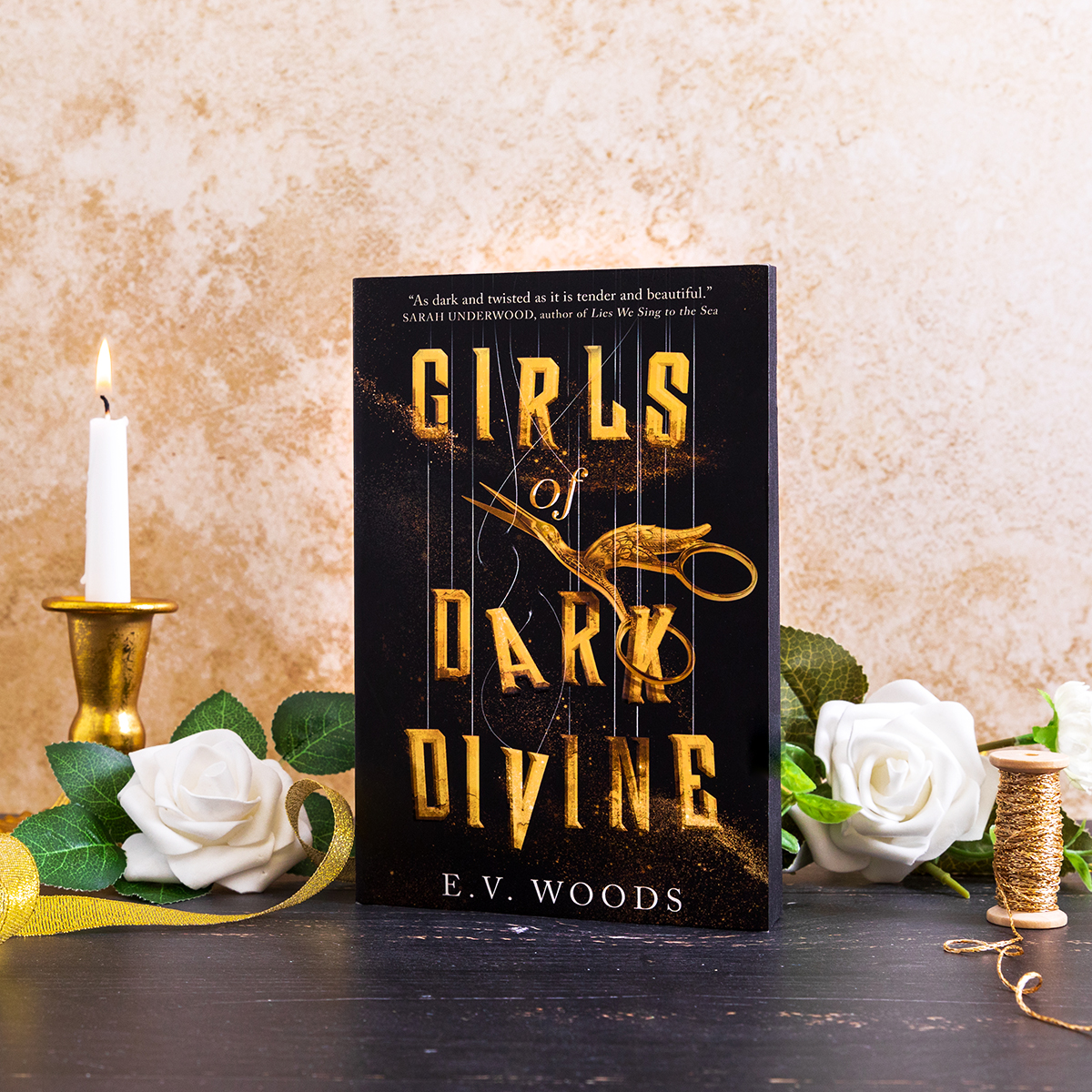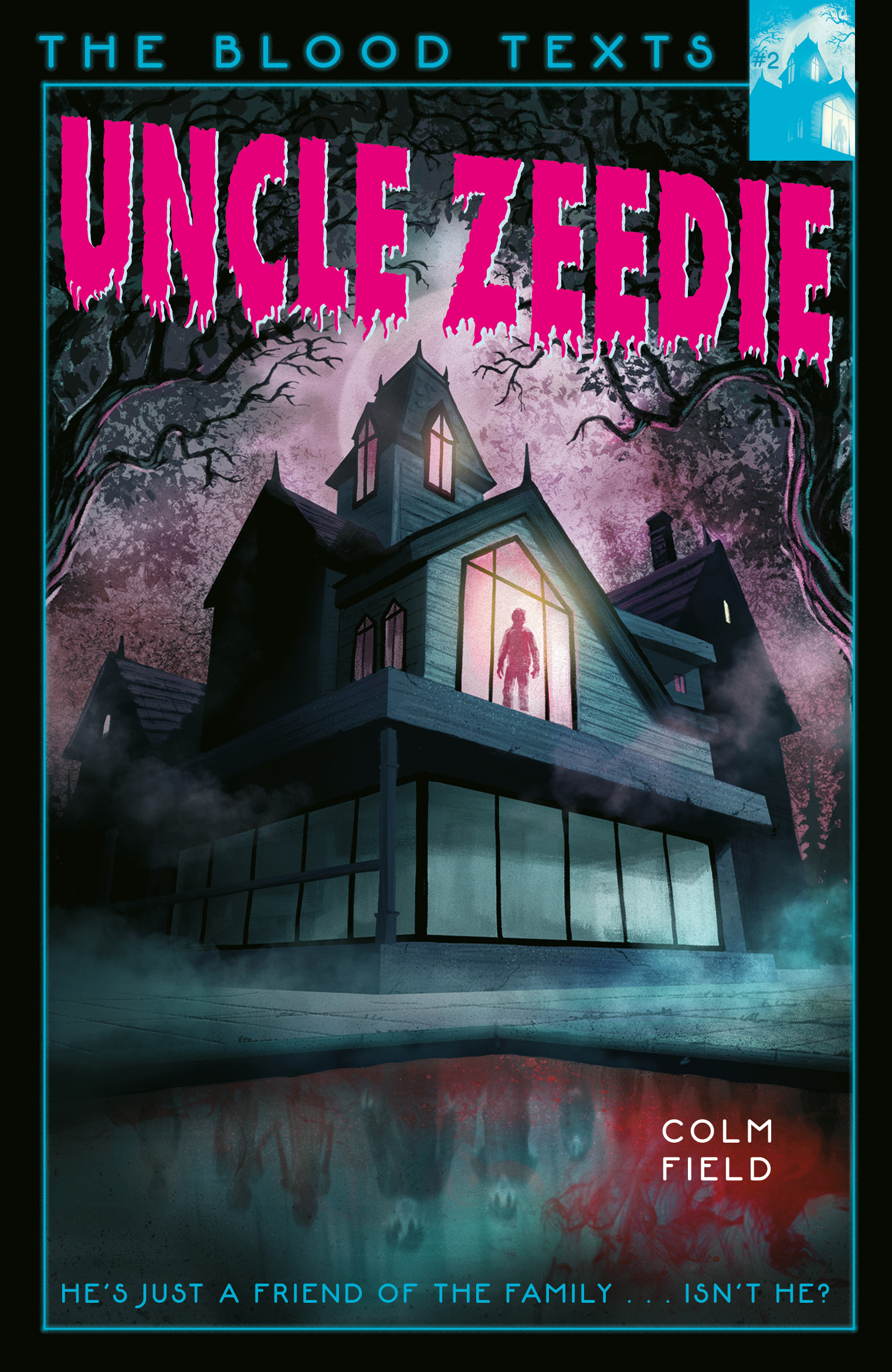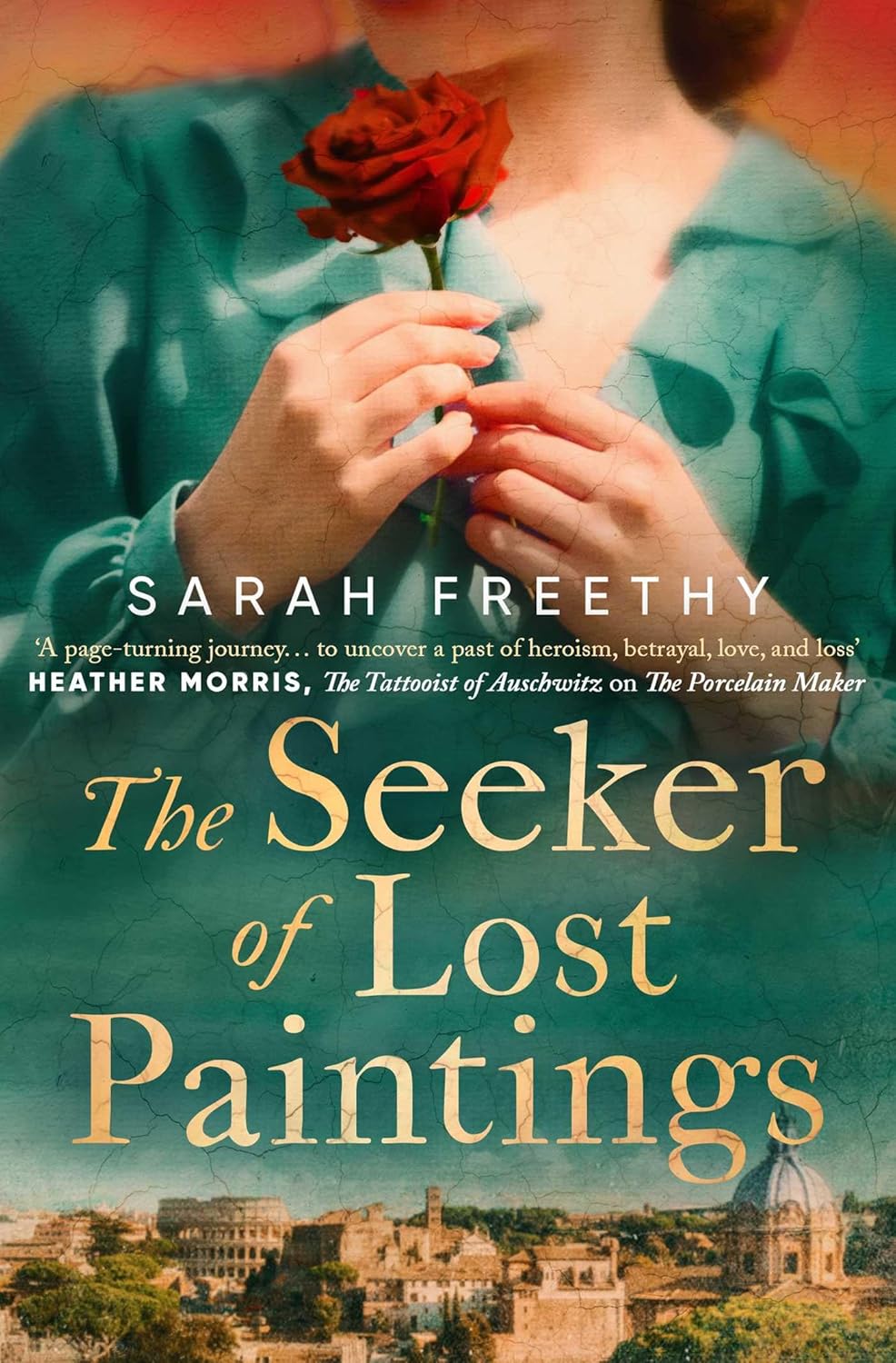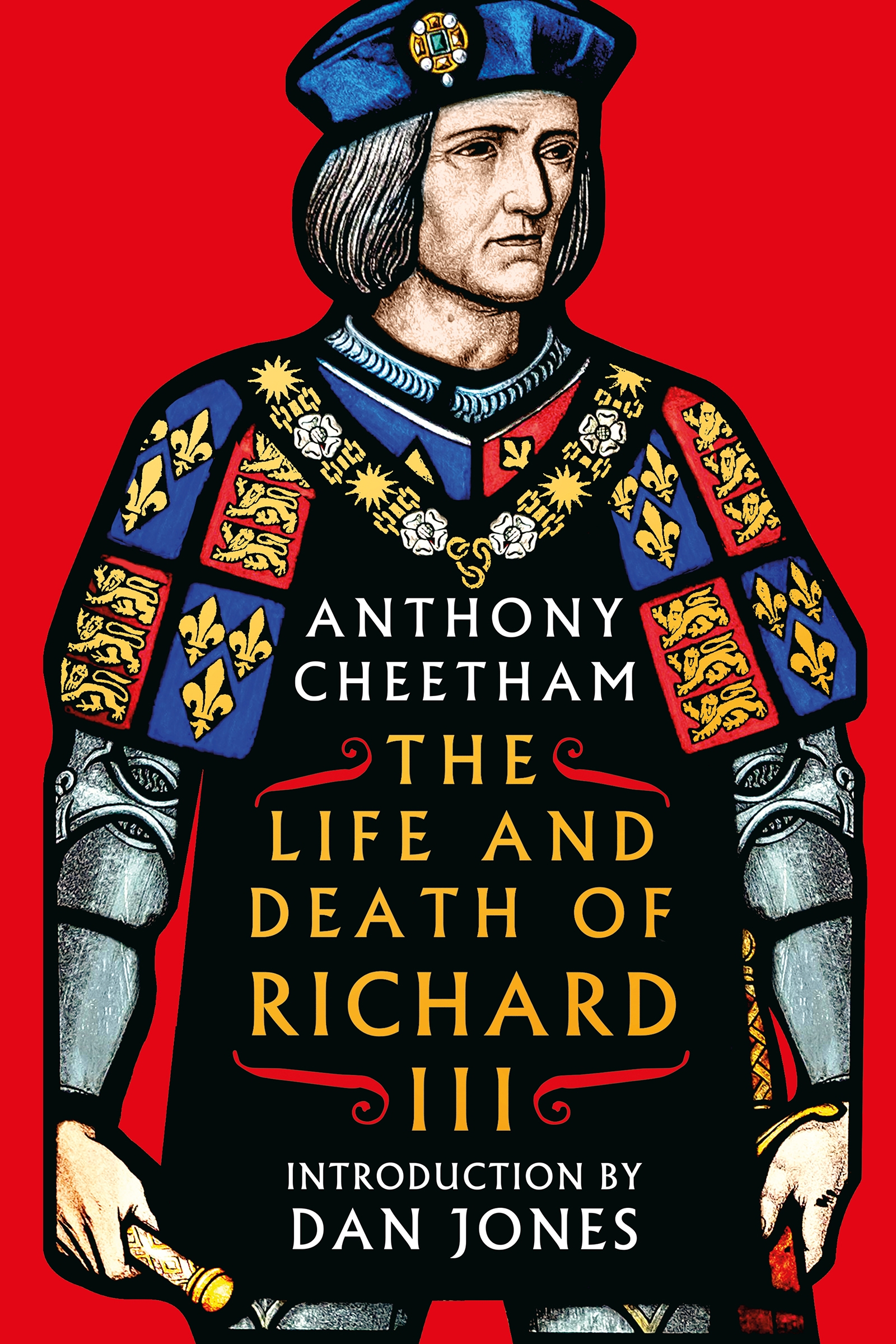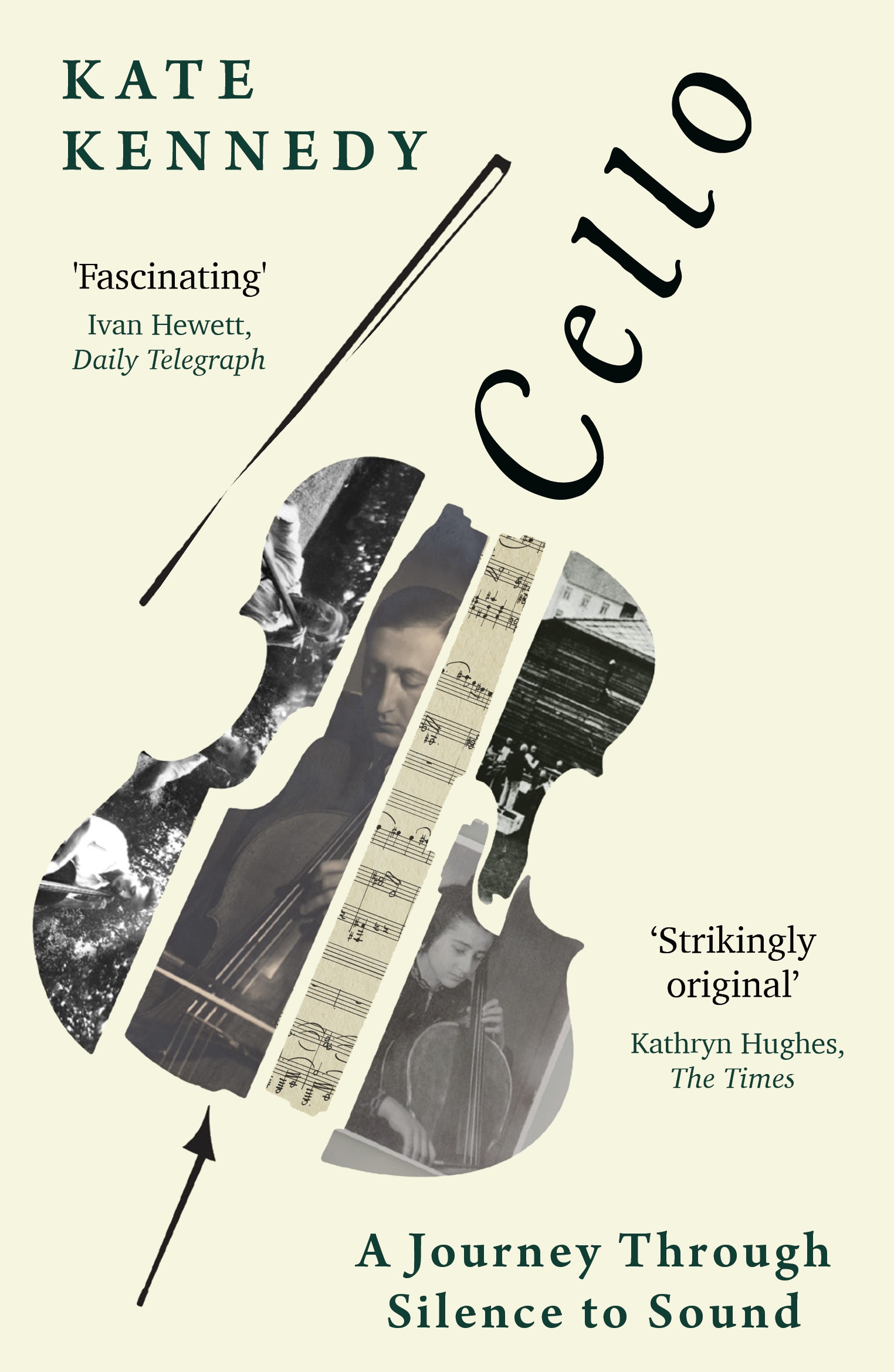The Country Girls Trilogy: The Country Girls; The Lonely Girl; Girls in their Married Bliss

As seen:
By Edna O'Brien
avg rating
1 review
Edna O’Brien’s beloved classics plunge us into the lives and loves of two girls in rural 1950s Ireland (with a new foreword by Eimear McBride).
‘The taboo-breaking, the fabulous prose – there’s no one like Edna O’Brien.’ Anne Enright
‘Surprising and beautiful and courageous .. A beacon.’ Megan Nolan
‘Brilliant and brave.’ Ann Patchett
‘Glittering energy.’ Colm Tóibín
ONE OF THE BBC’S ‘100 NOVELS THAT SHAPED OUR WORLD’
Caithleen ‘Kate’ Brady and Bridget ‘Baba’ Brennan are growing up in a repressive Irish village after World War II. Kate is a romantic, looking for love; Baba is a reckless survivor. After being expelled from convent school, they dream of the bright lights of Dublin – and are rewarded with bad luck and bad sex; marry for the wrong reasons; but continue to fight the expectations forced upon ‘girls’ of every era to become brave new women.
Edna O’Brien’s debut novels revolutionised Irish literature in the 1960s. Banned by the authorities as ‘indecent’ and burned by the clergy, they were notorious for their frank portrayal of sexual desire: but scandal turned to fame, and made this glorious coming-of-age tale an instant classic that inspires and delights readers to this day.
TweetReviews
Known as The Country Girls Trilogy, these three novels by the Irish author Edna O’Brien caused a sensation when they appeared in the 1960s. The books describe two young women’s road to sexual freedom and are often credited with breaking silence on sexual matters and social issues. In 2019 BBC News included The Country Girls on its list of the ‘100 most influential novels’.
The stories are very simple, really. The first book – The Country Girls (1960) – describes the childhood and young womanhood of two Irish girls from a small village at the back-of-beyond. Caithleen ‘Kate’ Brady and Bridget ‘Baba’ Brennan both have difficult lives. Kate loses her mother to an accidental drowning and her father is almost continually drunk. Baba’s father is a vet, but he and her drunken socialite mother have little time for their daughter. The girls attend a convent school but manage, through Baba’s machinations, to be expelled, with very little learning between them.
In the second book – The Lonely Girl (1962) – we follow the girls to Dublin. While they work (Kate) and pretend to study (Baba) the girls find freedom, mostly of the sexual variety. Kate takes up with an older divorced gentleman, and Baba with a succession of young men.
Later, in the third book – Girls in Their Married Bliss (1964) – we find them in London, both married. Kate is unbelievably bored with her grey husband in their grey house, and sets out to have an affair. Her husband finds out and throws her out. She seeks help from Baba, who has her hands full with her own troubles with her rich and vulgar builder husband. The story ends with them in their 40s disillusioned but free.
The Country Girls – both the trilogy and the novel – are set in a repressive period of Irish history following World War II. In fact, all three books were banned by the Irish censorship board and faced significant public disdain in Ireland.
The books are beautifully written. The prose is almost lyrical and the descriptions of the Irish backwater village are compelling, especially in the first book. Having said that, I found all three terribly depressing and upsetting. The morals of Ireland in the 1950s were enough to make me seethe with anger. The girls’ parents and the nuns at the convent school kept them ignorant of life, and gave them no education whatsoever.
In the second book, The Lonely Girl, when Kate’s father forcibly takes her back to the village with the intention of keeping her there forever, to save her from her divorced lover, I had to put the book down and go into the garden to swear quietly.
The third book in the trilogy, Girls in Their Married Bliss, feels different to the other two but it still packs a punch of a different sort. For example, when Kate is forced to leave her home after an adulterous affair, her husband (the married lover from book two) removes her child and vows she will never see the boy again. But very satisfyingly, he finds that 1960s London is a far different prospect from Ireland and the courts give Kate back her child.
So, my verdict: beautiful and terrible stories. Depressing and upsetting, but hugely important. These books are about as far from my usual crime fiction as you can get, but crime is there nonetheless. The whole society and its morals were a crime against humanity.
The books, especially the second one, have been described as humorous. And there were certainly glimpses of humour here and there, just enough to lift the depression which the stories were lowering me into. I must give the first two books 5-Stars and the third 4 Stars.
Review by: Freyja
